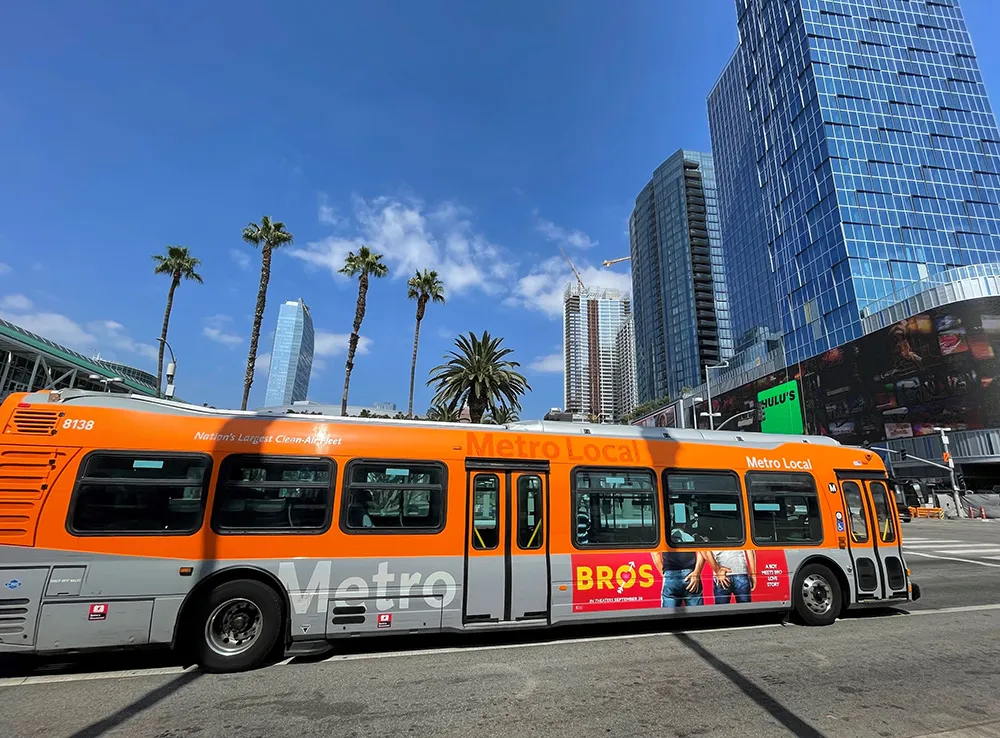TransCore’s SCATS adaptive signal control technology is featured as one of the notable success stories in the recent American Society of Civil Engineer’s (ASCE) 2013 Report Card for America’s Infrastructure. In the road category, the report spotlights the Atlanta smart corridor project that deployed SCATS along an extended stretch of highway with twenty-nine intersections. The speedy return on investment showed savings estimated at US$5.9 million annually due to reduced vehicle travel times and a 34 percent
June 7, 2013
Read time: 2 mins
In the road category, the report spotlights the Atlanta smart corridor project that deployed SCATS along an extended stretch of highway with twenty-nine intersections. The speedy return on investment showed savings estimated at US$5.9 million annually due to reduced vehicle travel times and a 34 percent reduction in fuel consumption.
By deploying an intelligent transportation system with adaptive capabilities, the traffic system responds to traffic patterns as they occur and reduces congestion points in the roadway network, subsequently reducing vehicle emissions, fuel consumption and travel times while increasing the communities’ quality of life.
Due to the immediate results of the program, Cobb County Department of Transportation expanded its adaptive traffic signal control system last year, nearly doubling its use of the SCATS technology and making it the second largest deployment in the United States.









